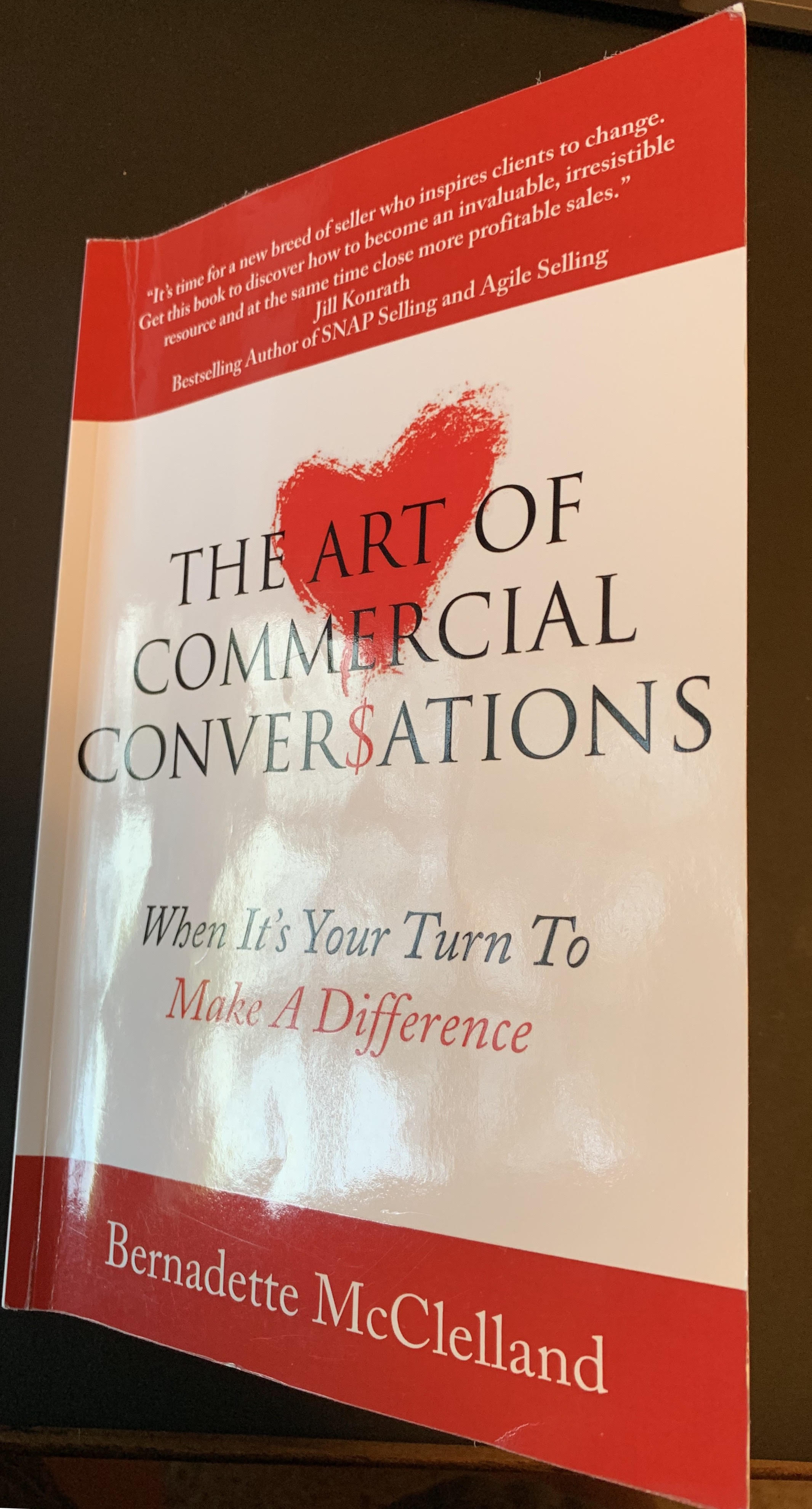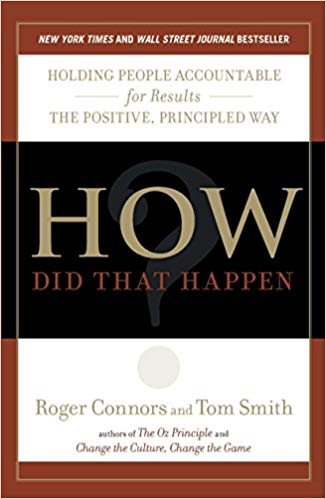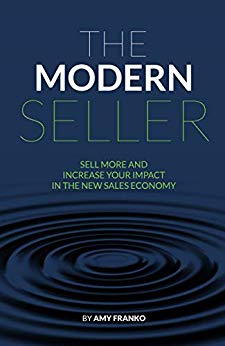Overcoming Limiting Beliefs in Sales: Top 10 Challenges and Solutions
As we discussed in a recent post, the right sales mindset matters when looking at key drivers of sales success. Sales success often hinges on practical skills and overcoming limiting beliefs that hinder performance. Recognizing and addressing these beliefs is crucial for salespeople to reach their full potential and achieve outstanding results.
Here are the top 10 limiting beliefs we commonly encounter working with sales teams and strategies to overcome them through training, coaching processes, and systems.
Fear of Rejection
Limiting Belief: “Rejection is personal, which means I’m not good enough.”
Solution: Train salespeople to reframe rejection as a natural part of the sales process. Provide coaching on resilience and mindset techniques to handle rejection constructively, emphasizing that each “no” brings them closer to a “yes.” Implement a formal sales process to reduce sales friction and help coach salespeople to the next step to closing the sale.
Self-Doubt
Limiting Belief: “I’m not confident in my abilities, and I doubt whether I can succeed.”
Solution: Offer training programs focused on skill development, product knowledge, and sales techniques to boost confidence. Implement coaching processes that provide constructive feedback and encouragement, helping salespeople build self-assurance over time. Over 50% of sales teams have yet to be trained in sales skills. No wonder they have self-doubt. With the proper sales training and coaching over time, we can correct this limiting Belief and give them skills and confidence.
Fear of Failure
Limiting Belief: “Failure is inevitable, and I’ll never achieve my sales targets.”
Solution: Implement a performance-driven culture that views failure as an opportunity for growth. Offer training on goal setting, time management, and resilience to help salespeople overcome setbacks and stay focused on long-term success.
Have a sales playbook.
Develop sales plans for each salesperson, have them collaborate on how they will achieve their key deliverables this year, and share the assistance they might value.
Negative Self-Talk
Limiting Belief: “I’m not good enough, and I’ll never be successful.”
Solution: Introduce mindfulness and mindset training to help salespeople recognize and challenge negative self-talk. Incorporate affirmations and visualization exercises into daily routines to foster a positive mindset and build self-belief. We also have successfully shared data and customer insights from the voice of customer research. Salespeople are often too hard on themselves because they need more situational awareness and building business relationship skills. Often, salespeople who might give themselves low scores on customer trust and overall satisfaction have customers sharing the opposite when we interview them in the voice of customer interviews.
Limited Belief in Product Value
Limiting Belief: “My product isn’t superior, and customers won’t see its value.”
Solution: Provide comprehensive product training and knowledge-sharing sessions to deepen salespeople’s understanding of the product’s features, benefits, and competitive advantages. Please encourage them to share success stories and testimonials with potential customers to reinforce product value.
Buyers have been trained in negotiation skills and tactics( heck, I train buyers and salespeople in negotiation skills), and one of the first things we train buyers to do is commoditize the salesperson’s offering.
Salespeople speak with buyers every day, throughout the day, and start believing what they have heard if they have yet to receive sales skills training, such as determining the customer’s value and creating a business case.
Fear of Cold Calling or Prospecting
Limiting Belief: “Cold calling is ineffective, and I hate prospecting.”
Solution: Offer training on effective prospecting techniques, including cold calling value messaging, cadence, email templates, and social selling strategies. Role-play scenarios and provide constructive feedback to help salespeople overcome their fears and master the art of prospecting.
Lack of Confidence in Closing
Limiting Belief: “I’m not skilled at closing deals and often miss opportunities.” “ if I ask for the order, it will feel manipulative and hurt my relationship.”
Solution: Implement sales skills training and coaching processes focused on closing techniques, objection handling, and negotiation skills. Provide salespeople with proven frameworks and strategies for confidently guiding prospects through the buying process and securing commitments.
Comparison with Peers
Limiting Belief: “I’m not as successful as my colleagues, and I’ll never measure up.”
Solution: Foster a collaborative environment where salespeople support and learn from each other. Offer peer-to-peer learning opportunities, coaching, and a formal mentorship program to share best practices, celebrate successes, and build camaraderie within the sales team.
Fear of Asking for Referrals
Limiting Belief: “Asking for referrals is awkward, and customers will say no.”
Solution: Provide training on referral generation strategies and leveraging existing relationships to expand the customer network. Coach salespeople on how to confidently ask for referrals, emphasizing the value they provide and the benefits for the customer.
Again, we share data. Studies have found, and we have validated the findings in voice-of-customer interviews, that over 90% of customers would provide referrals, but sadly, less than 20% ask for them.
Limited Time Management Skills
Limiting Belief: “I don’t have enough time to prospect, follow up, enter updates in CRM, do reports, and close deals.”
Solution: Offer time management training and productivity tools to help salespeople prioritize tasks, set goals, and maximize efficiency. Implement systems for tracking and managing leads, automating routine tasks, and streamlining administrative processes to free up more time for revenue-generating activities.
For most sales teams today, we find they spend less than 25% of their sellable time selling. The biggest cause is a lack of time management training and coaching from their sales manager.
Next Steps
Overcoming limiting beliefs is essential for salespeople to unlock their full potential and achieve outstanding results. First, we must identify the limiting beliefs by leveraging a sales assessment instrument and sales manager observation.
Then, we implement training, coaching processes, and systems tailored to address these challenges. Organizations can empower their sales teams to thrive in competitive markets and drive sustained growth.
What limiting beliefs have you observed in your sales team today?
What have you heard a salesperson or sales manager say that demonstrates they have limiting beliefs?
Are your salespeople consistently achieving their sales objectives, or could limiting beliefs hurt their results?
Let’s schedule a call if you would like to discuss how to identify and correct limiting beliefs your salespeople may have.











